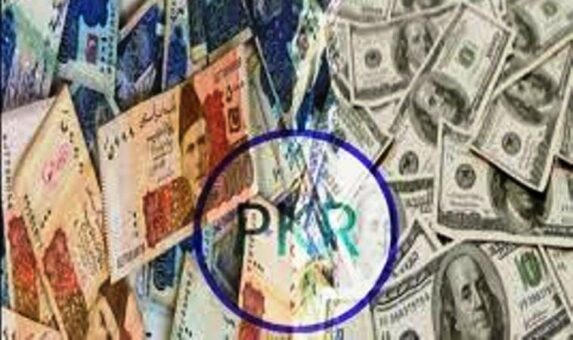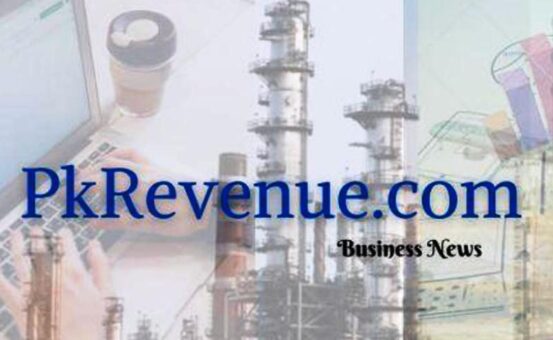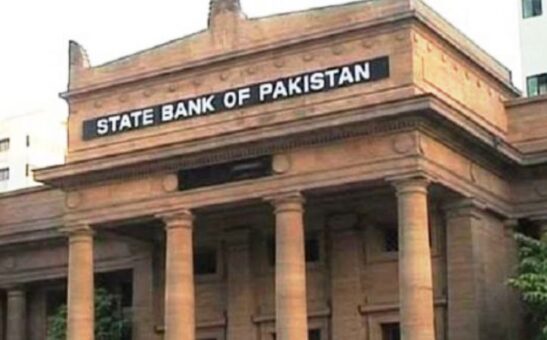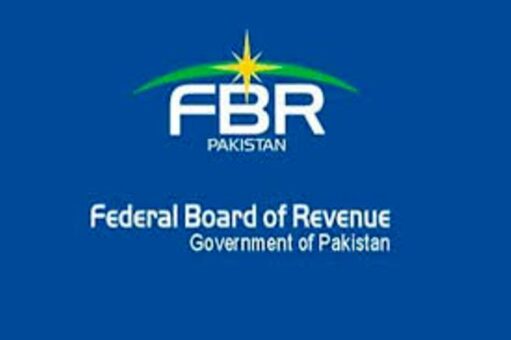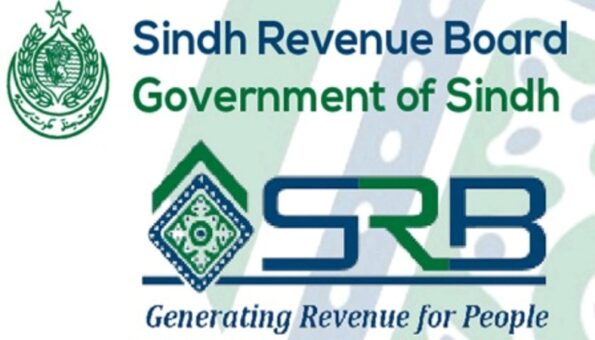KARACHI: Federal Board of Revenue (FBR) has said that for determination of tax the salary income shall include the value of all perquisites, allowances and benefits received by employees.
FBR officials said on Tuesday that the salaried persons should include all such income while filing their annual income tax returns, if their employers had not deducted tax on such prerequisites.
For the purposes of computing the income chargeable to tax under the head ‘salary’, the value of all perquisites, allowances and benefits provided by the employer to the employee shall be included in the said income.
The value of accommodation provided by an employer to the employee shall be taken equal to the amount that would have been paid by the employer in case such accommodation was not provided.
Provided that the value taken for this purpose shall, in any case, not be less than forty five percent of the minimum of the time scale of the basic salary or the basic salary where there is no time scale.
Provided further that where House Rent Allowance is admissible at the rate of thirty percent, the value taken for the purpose of this rule shall be an amount not less than thirty percent of minimum of the time scale of basic salary or the basic salary where there is no time scale.]
The value of conveyance provided by the employer to the employee shall be taken equal to an amount as below:- (i)
Partly for personal and partly for official use
The tax rate shall be five percent of:
(a) the cost to the employer for acquiring the motor vehicle; or,
(b) the fair market value of the motor vehicle at the commencement of the lease, if the motor vehicle is taken on lease by the employer;
For personal use only
The tax rate shall be 10 percent of:
(a) the cost to the employer for acquiring the motor vehicle; or,
(b) the fair market value of the motor vehicle at the commencement of the lease, if the motor vehicle is taken on lease by the employer; and
For the purpose of this part, “employee” includes a director of a company.


